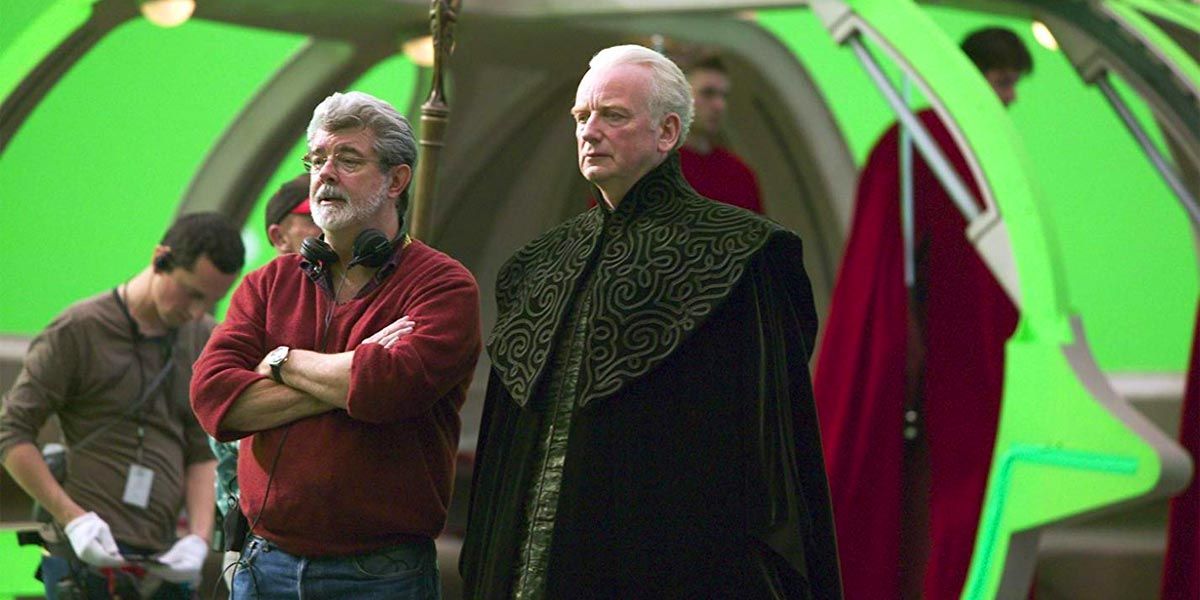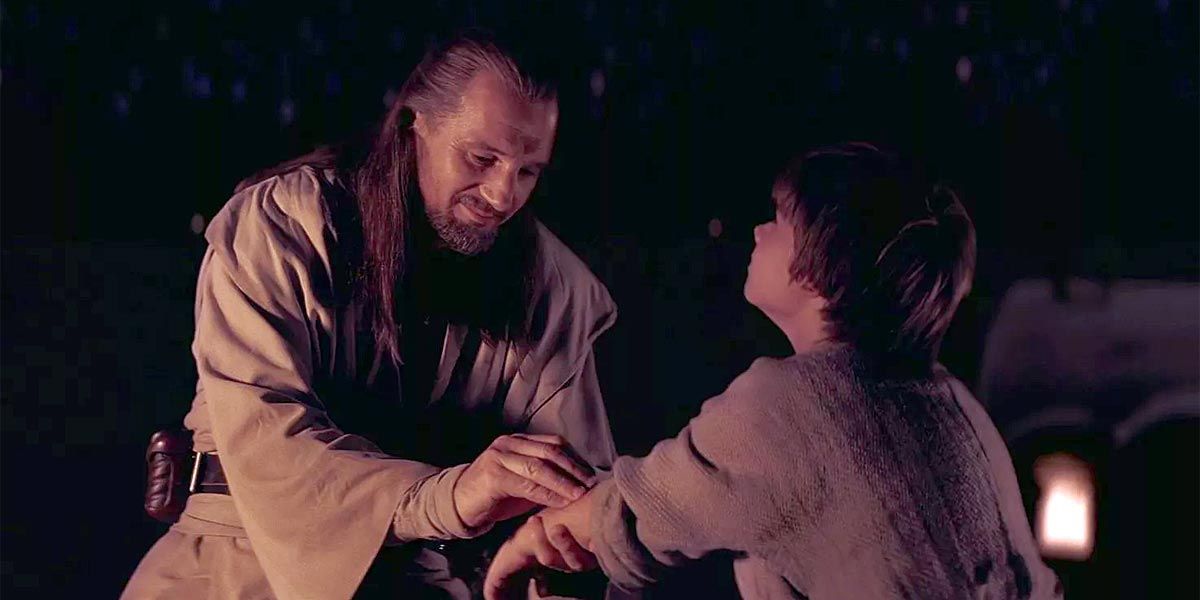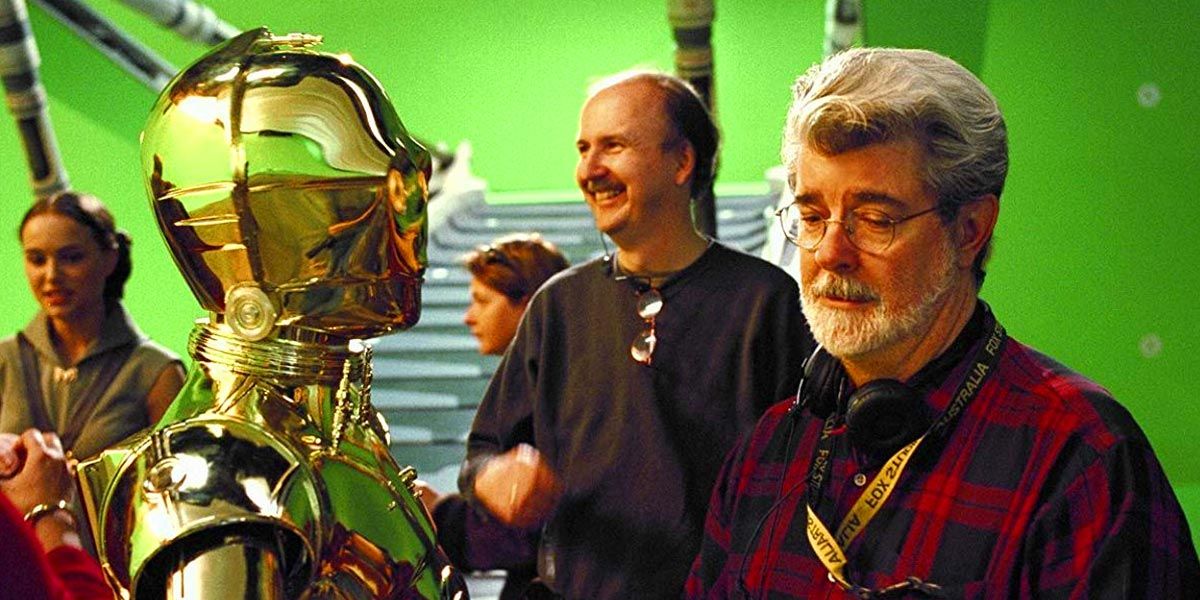The Star Wars prequel trilogy has a less-than-stellar reputation among longtime fans of the franchise, not least of all because of the revelation of midi-chlorians, sentient microorganisms that channel the Force and help make up all life in that galaxy far, far away. Canon references to the creatures since 1999's The Phantom Menace have been few and far between, but, it turns out, if George Lucas had his way, the current trilogy would have been chock-full of the little guys.
For those who have blocked the prequels from their memories – whether voluntarily or otherwise – a little refresher: Midi-chlorians were explained by Qui-Gon Jinn as “a microscopic life form that resides within all living cells,” detectable through a simple blood test. More importantly, midi-chlorians were a way to quantify an individual’s Force sensitivity – young Anakin Skywalker’s numbers were off the charts – as they acted as literal conduits for the Force.
Specifically, Qui-Gon tells Anakin that midi-chlorians “continually speak to us, telling us the will of the Force. When you learn to quiet your mind, you’ll hear them speaking to you.”
While the boy who would become Darth Vader seemed to take this new information in stride, the revelation wasn't well-received by audiences. Obi-Wan Kenobi had explained in 1977's A New Hope that the Force is “an energy field created by all living things,” that “surrounds us and penetrates us; it binds the galaxy together.” Turning this ineffable and vaguely spiritual energy into a bunch of tiny creatures that whisper the universe’s secrets to special people was seen as weird, at best, and a nonsensical cop-out that ruined everything, at worst.
But, according to Lucas, midi-chlorians were literally only the half of it.
In a 2018 interview with James Cameron, for the six-part AMC series James Cameron’s Story of Science Fiction, Lucas revealed midi-chlorians weren’t alone in the microbiology of Force-sensitive individuals – there were also the Whills, the physical representations of the Force.
“The Whills,” Lucas explained, “are the ones who actually control the universe. They feed off the Force.” Lifeforms, meanwhile, be they Jedi or Sith, or bounty hunters or mechanics, are simply “vehicles for the Whills to travel around in. ... And the conduit is the midi-chlorians. The midi-chlorians are the ones that communicate with the Whills. The Whills, in a general sense, they are the Force.”
Even crazier, Lucas promised that the next three films – i.e. the current trilogy, concluding in December with The Rise of Skywalker – “were going to get into a microbiotic world,” had he not sold Lucasfilm to Disney in 2012. Whether this was going to involve science lectures or actually visiting the organisms, Fantastic Voyage-style, is unknown.
Either way, Lucas confessed, “A lot of the fans would have hated it.”
RELATED: Star Wars: Game of Thrones Creators Depart Planned Film Trilogy
While Lucas’ vision may not have come to fruition, the Whills haven’t been completely excised from the Star Wars canon – although the word has taken on a significantly different definition. As Screen Rant points out, the Journal of the Whills was mentioned in the novelization of 2015's The Force Awakens, and Donnie Yen’s Chirrut Îmwe was a Guardian of the Whills in 2016's Rogue One: A Star Wars Story. Both of those references would seem to indicate that the Whills are a people or a religion, rather than “microscopic creatures who treat the Force as their lifeblood.”
Ironically, this now-canonical take on the Whills would seem to be more in line with Lucas’s own early notions of the Star Wars universe. The first drafts of what would eventually become the screenplay for A New Hope had the on-screen story being recounted via the Journal of the Whills – the collected notes of individuals, not microorganisms.
As Lucas himself admitted, that’s why the movies all begin with “A long time ago in a galaxy far, far away.” And, quite frankly, if the options are an iconic opening crawl and Donnie Yen kicking Stormtrooper butt, or a tedious explanation of how a set of symbiotic nanocreatures are secretly running the universe, well, we know which movie series we’d pay to see.



